Did you know blood makes up around 7% of the weight of a human body?
The average adult has 5 litres of blood flowing around their body in a massive network of arteries and veins transporting oxygen and nutrients to cells. Blood also removes waste, contains cells that fight infection and helps with temperature regulation.
There are three types of blood vessels, each with a different function
Arteries – carry blood away from the heart. These have thicker, more elastic walls than veins as blood is pumped from the heart at high pressure.
Capillaries – these branch from arteries and carry the blood very close to cells so food and oxygen can be transported into cells and waste products removed. Capillaries have very thin walls, allowing substances to diffuse easily from the blood to cells and vice versa.
Veins – carry blood back to the heart. Veins contain valves to help keep blood flowing in the right direction.
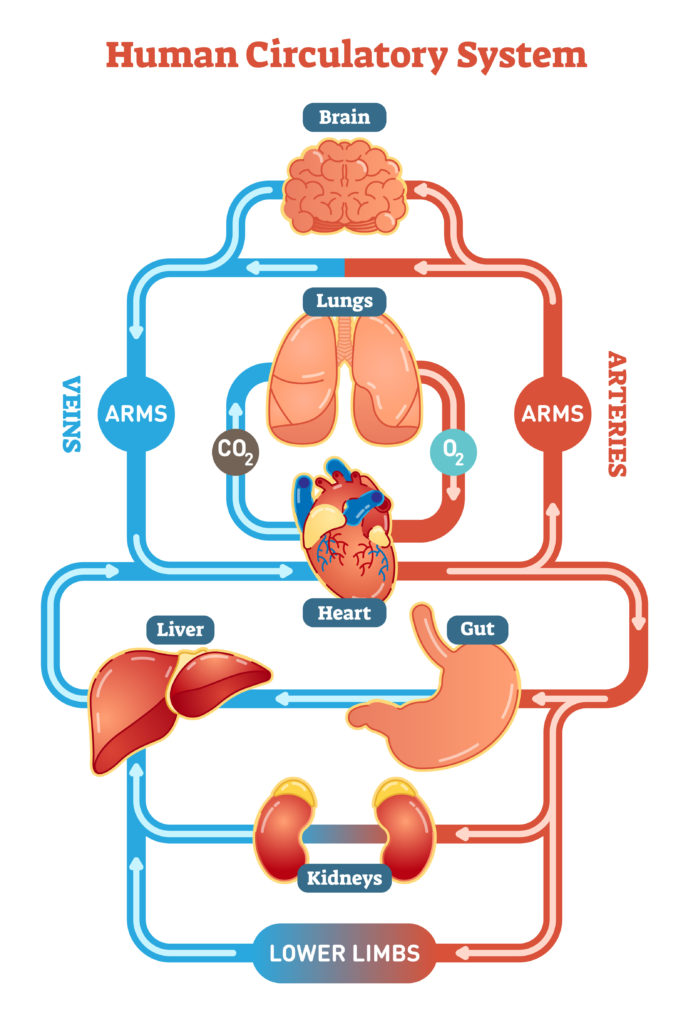
Fun ideas for learning about blood
What is blood?
Blood contains:
red blood cells – carry oxygen around the body
white blood cells – destroy pathogens and make antibodies
platelets – help blood to clot
plasma – a straw coloured liquid that carries everything in the blood, not just red and white blood cells, but also nutrients, waste products, hormones and antibodies.
What’s inside blood?
One way to learn about the different components of blood ( and also a fun Halloween activity ) is to make a mini blood bath.
We used red water beads for red blood cells, table tennis balls for white blood cells and white pompoms for platelets. You can clearly see how many red blood cells there are compared to white blood cells and platelets.
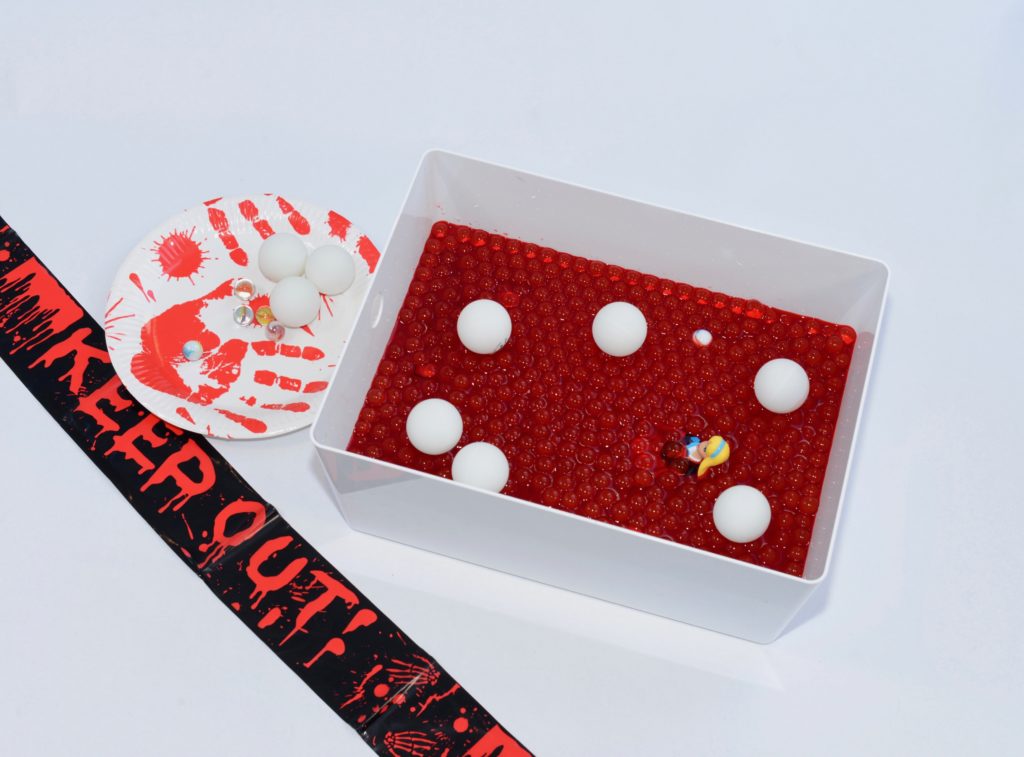
Make a tasty blood cocktail
Another slightly less creepy way to learn about blood is to make a blood cocktail.
This activity is taken out of my book GROSS Science Experiments, but includes pomegranate seeds for red blood cells, soda water for plasma and pineapple for red blood cells.
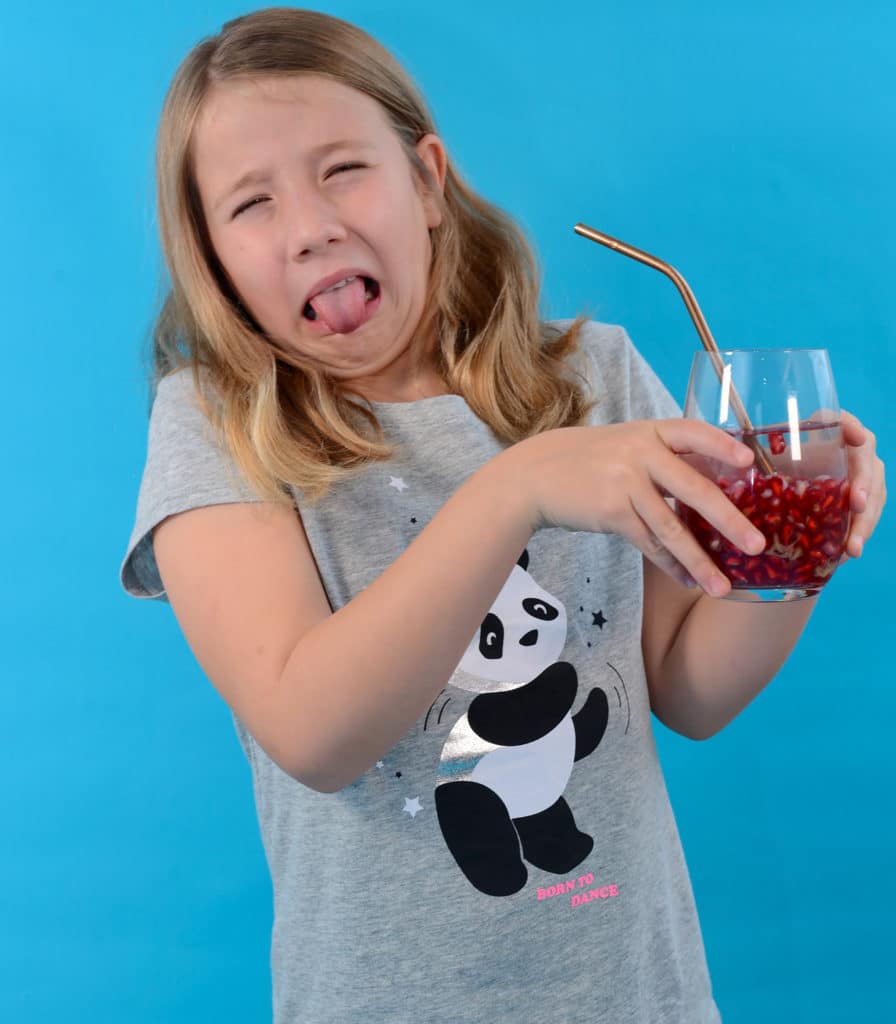
Build a pumping heart model
Blood is pumped around the body by the heart. The heart and blood vessels make up the circulatory system.
This simple pumping heart model shows how the heart works.
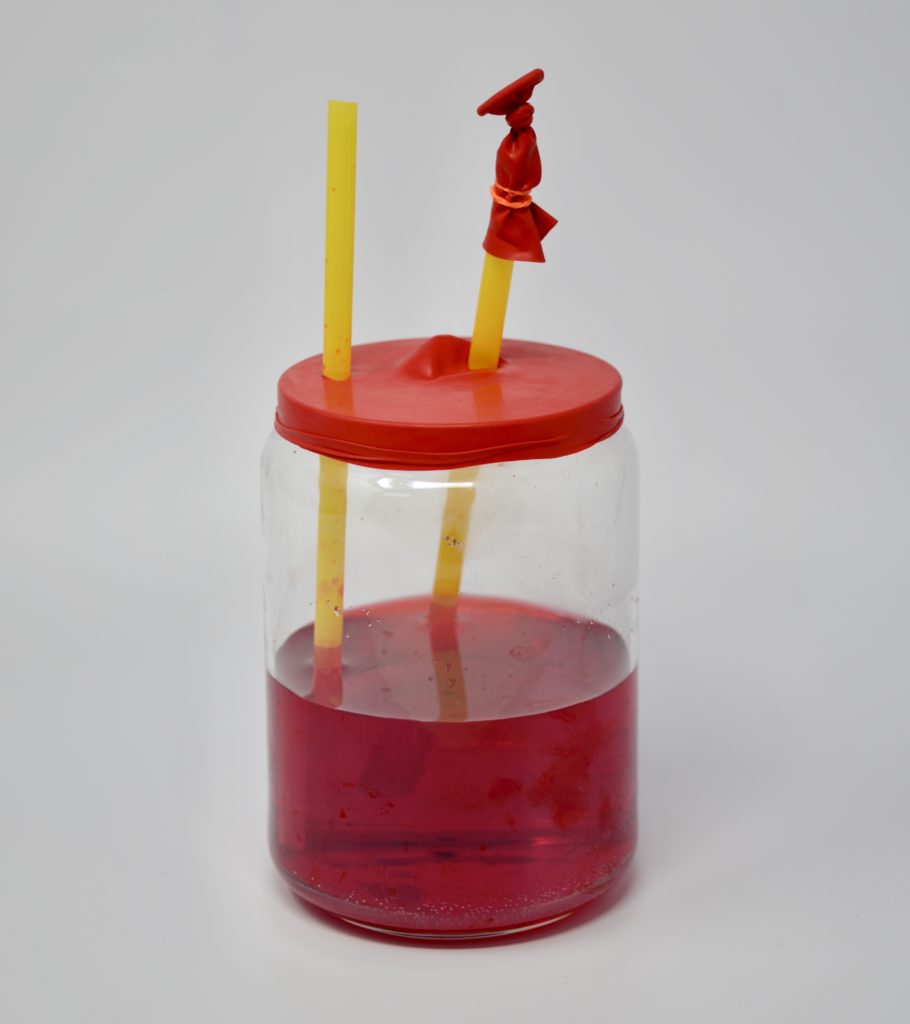
Make a Scab
When skin becomes damaged, platelets stick together to form a thick and sticky clot. This becomes what we call a scab. It helps prevent micro-organisms and toxins from getting into the bloodstream.
You can make jelly scabs to learn about this process. The jelly thickens and sets just like a scab!
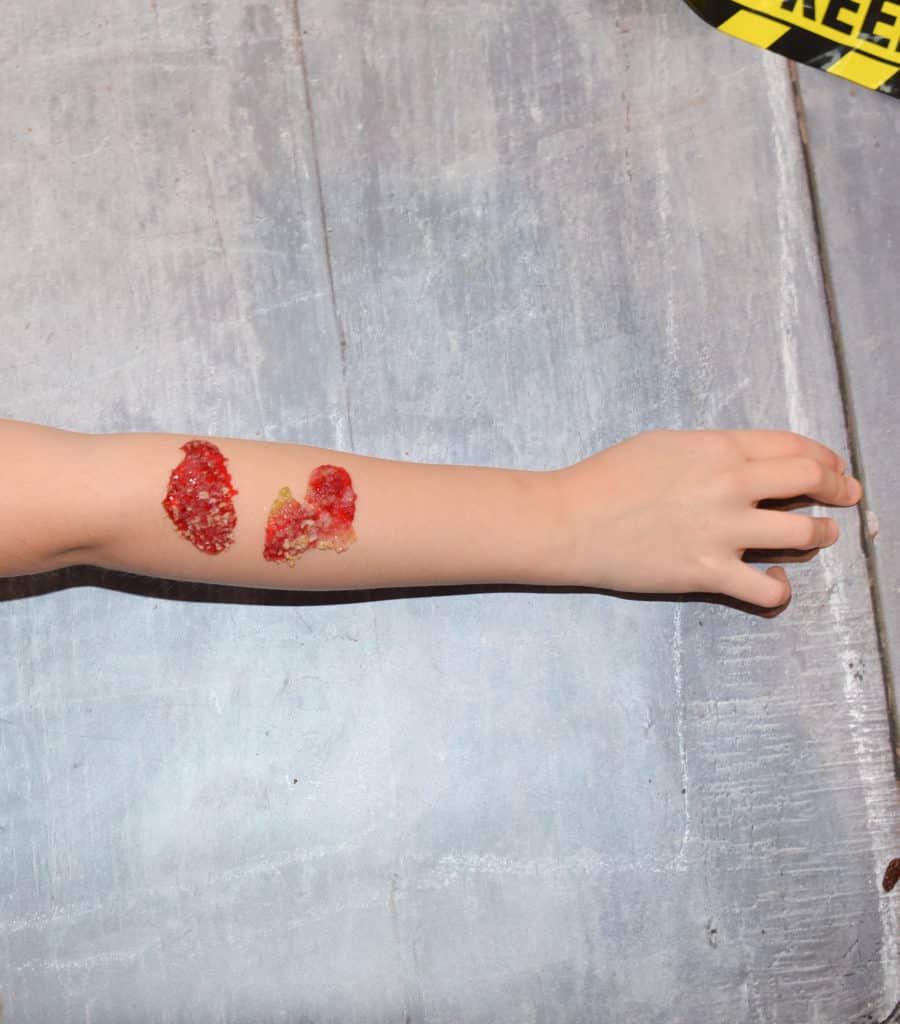
Pretend blood
Another way to learn about clotting is to make pretend blood. One of these recipes will thicken up, and one won’t!
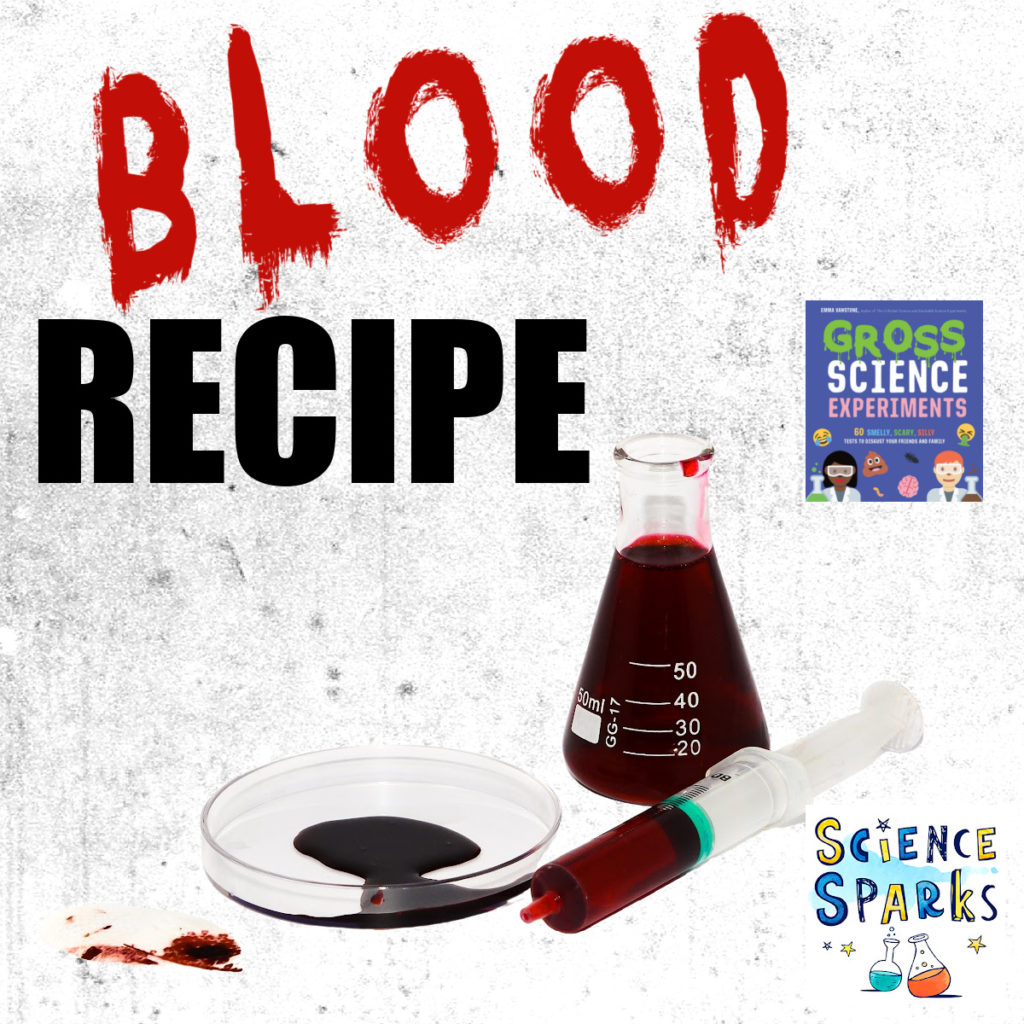
Red Blood Cell Cakes
Red blood cells are shaped like indented flattened disks ( like a doughnut with no hole ) and contain haemoglobin, which transports oxygen around the body.
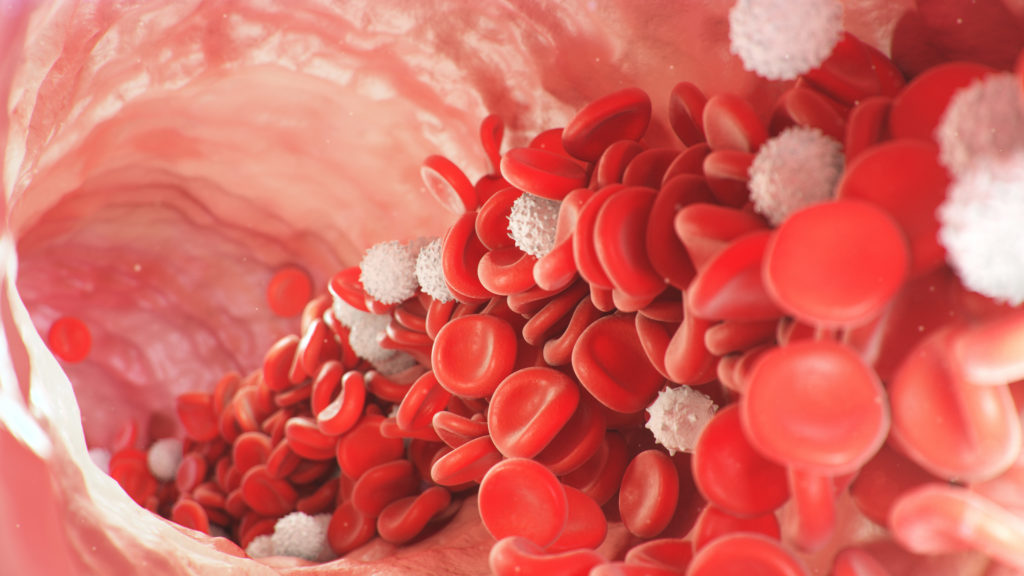
These red blood cell cupcakes show the unique shape of red blood cells. Every drop of blood contains millions of red blood cells!! The biconcave disc shape gives red blood cells a large surface area for absorbing oxygen.
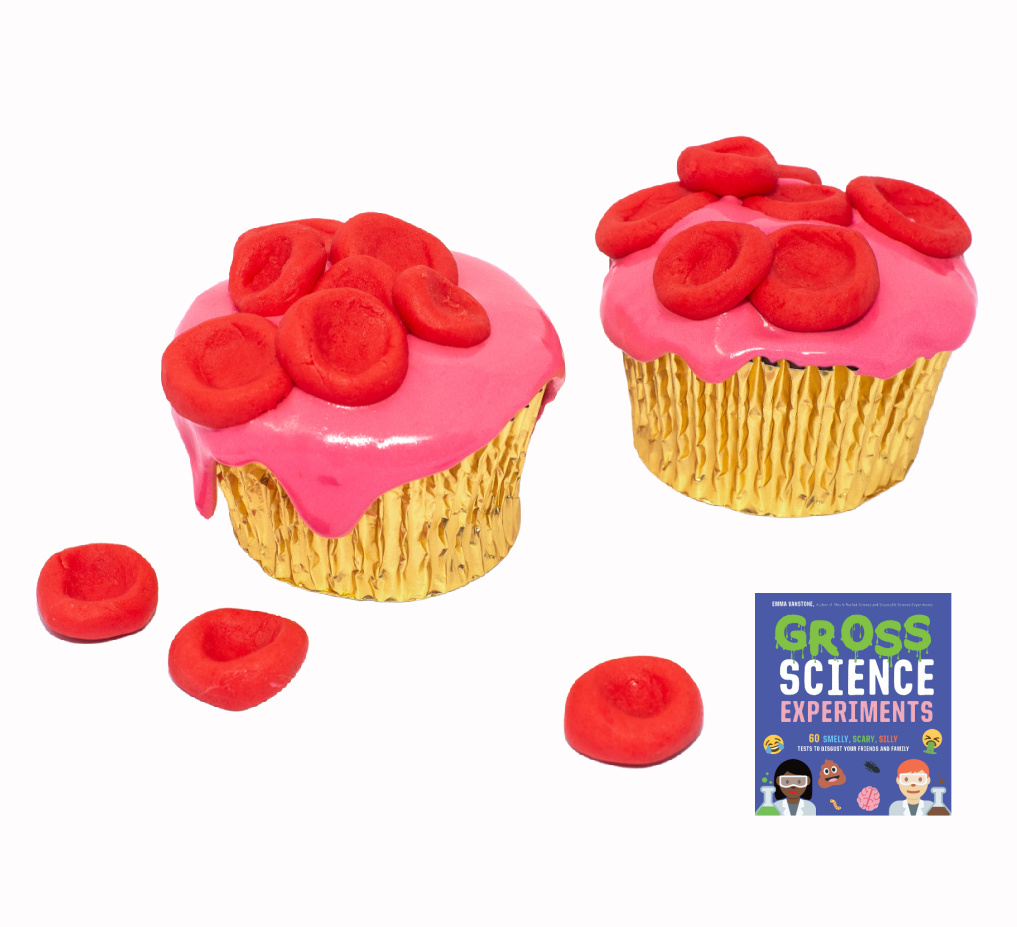
More blood and heart themed science activities
This blood model in a bottle is great from My Joy Filled Life.
Make a very basic stethoscope to hear a heart beating.
Learn about the inspiring Marie M. Daly and her work on the circulatory system.
Or, try one of my other science activities for learning about the human body.
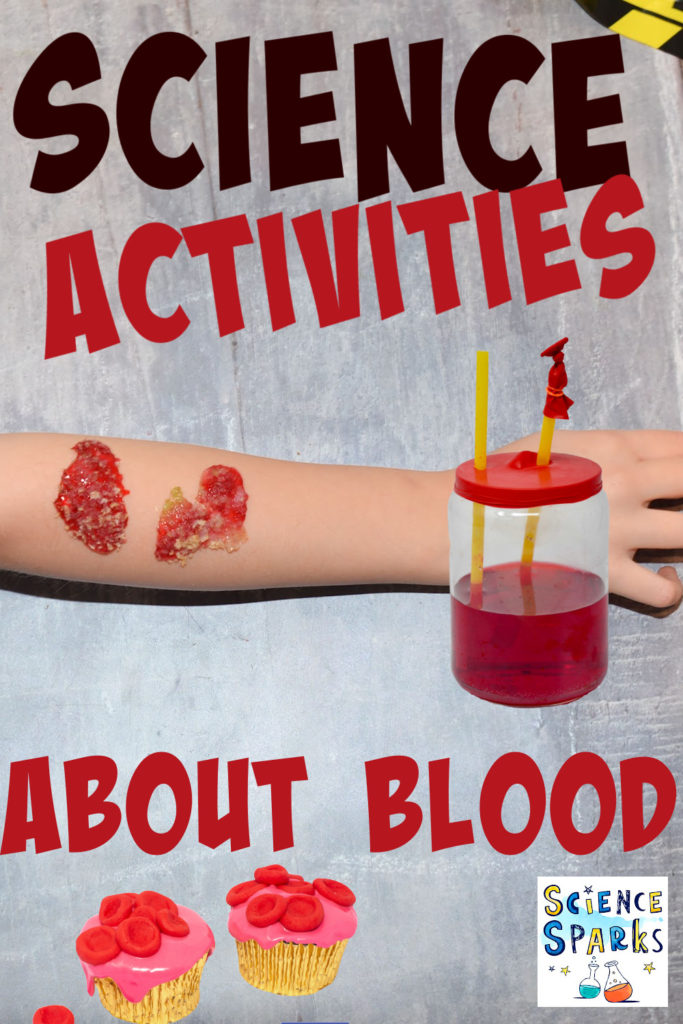
Last Updated on September 19, 2024 by Emma Vanstone

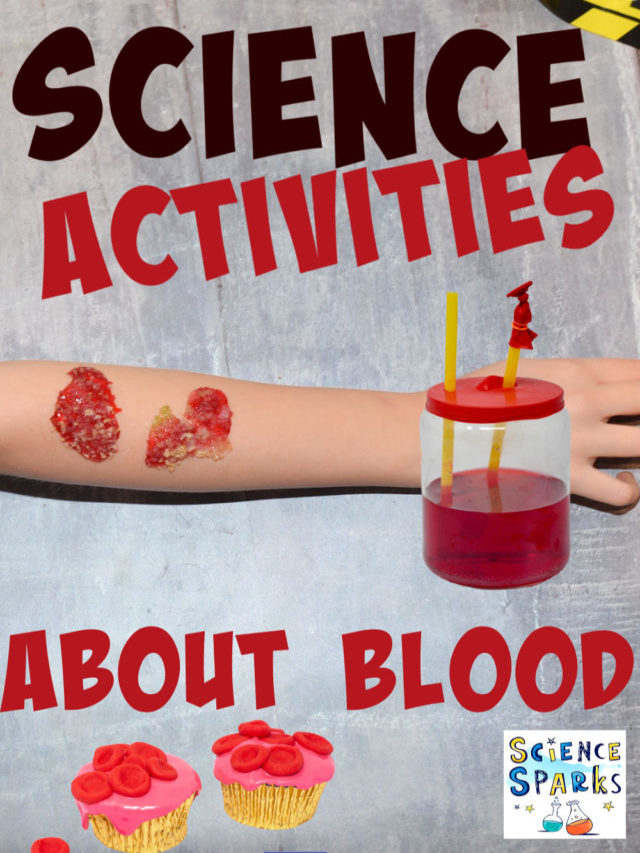
Leave a Reply